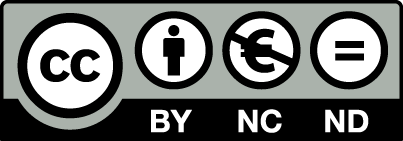Low Risk Anomaly and Coskewness: Evidence from Europe
Barbara RAŠIOVÁ
https://doi.org/10.53465/EDAMBA.2022.9788022550420.324-333
Abstract: Empirical findings that less risky stocks consistently outperform the riskier ones have motivated a great number of studies on the low risk anomaly. This paper aims to explain it away by controlling for coskewness of stock returns with the market return on the European stock market represented by constituents of the S&P 350 Index. Stocks are double sorted on coskewness and beta volatility into 2x5 quintile portfolios, and their excess returns are subsequently regressed on the Fama-French three and five factor models separately for both coskewness categories. In the low coskewness category, a persistent, highly significant low risk anomaly is identified. As the coskewness increases, the low risk anomaly dramatically decreases and loses statistical significance. As a result, in the high coskewness category, less risky portfolios no longer consistently outperform the riskier ones. Results demonstrate that accounting for coskewness in the model remarkably decreases the profitability of low risk and betting-against-beta strategies in European data.
Keywords: low risk anomaly, coskewness, portfolio
JEL classification: G11, G12
Fulltext: PDF
Online publication date: 3 March 2023
ISBN: 978-80-225-5042-0
Publisher: University of Economics in Bratislava
Pages: 324-333
To cite this proceedings paper (STN ISO 690 and 690-2):
RAŠIOVÁ, B. 2023. Low risk anomaly and coskewness: evidence from Europe. In LÜLEYOVÁ, A. (ed.). EDAMBA 2022: Conference Proceedings. Bratislava: University of Economics in Bratislava, 2023. ISBN 978-80-225-5042-0, pp. 324-333. https://doi.org/10.53465/EDAMBA.2022.9788022550420.324-333
License:

This work is licensed under a Creative Commons Attribution-NonCommercial-NoDerivatives 4.0 International License.